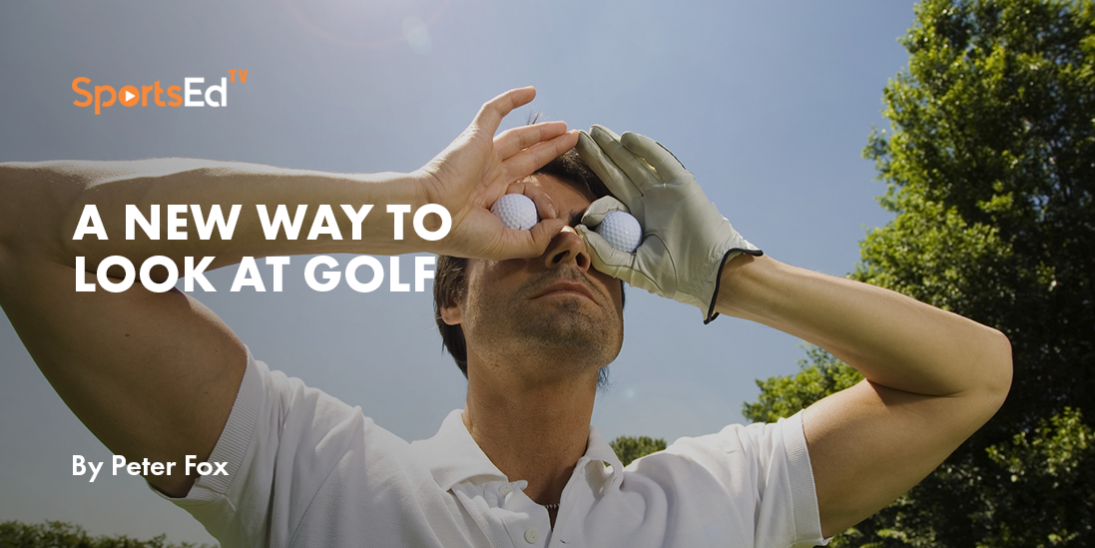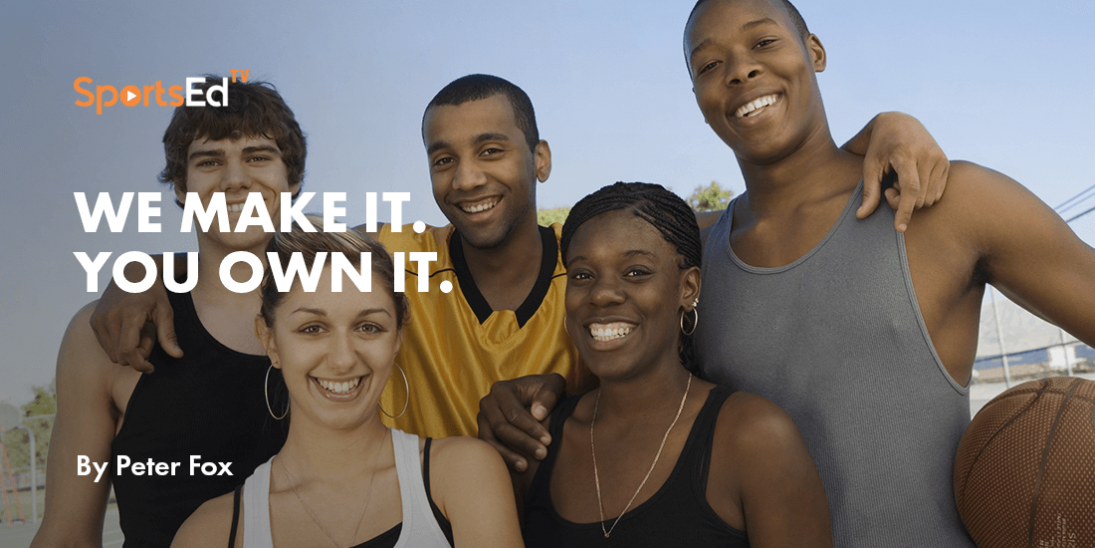Golf
Welcome and thanks for visiting...

A New Way to Look at Golf

Like a good postal carrier, neither snow nor rain nor gloomy days would stay this green bleeding golfer from the swift completion of an appointed round—or practice, chipping through rooms, driving to drifts and rug putting grooves in a carpet.
A golf jailer named sciatica—a cranky, mean, literal pain in the arse, leg, and foot has locked me off the golfing grounds I regularly love.
A golf epiphany in the making may be the result of the golf-prohibited sentence, as it led to endless online rabbit holing, which eventually led to the discovery of the work of SportsEdTv contributor Jim Hartnett, PGA, and his collaborator optometrist Ireland’s Richard Hughes.
Hartnett, who knows his way around a PGA Tour practice range, maintains a large majority of tour players are cross-dominant, LEFT eye dominant, and swing right-handed. The public is largely same-sided, right-eye, ear, and foot-handed.
Which are you? Point your index finger at something small across the room. Close one eye at a time. Whichever eye is still pointed at the target is your dominant eye.
Over three-quarters of the rest of the golfing universe are same side eye dominant as their swing and therein lies the title of his pioneering work Golf For The Other 80%.

Jim Hartnett tried to find someone in golf that also studied eye dominance in the full swing with no luck. There are many instructors that teach eye dominance in putting but at the time of his discovery Jim Hartnett felt marooned.
What he, as a player, teacher, and coach, created was a way for the mostly golf-suffering right-eye dominant right-handers and their left-handed counterparts to swing the club in the way that their body and brain support.
It's simple, like most productive golf innovations, yet not for this science simpleton to explain.
For me, the forehead thumping, I-should-have-known-that-moment was when Hartnett pointed out how superstars like Annika Sorenstam, David Duval, and Jim Furyk, right-eye dominant champions figured out how not to let their nose block their dominant eye’s focus on the ball during their backswing and as they charge to impact.
If you're like me, you've quoted those swings as perfect illustrations of why "keep your head down" is the sort of golf Kool-Aid that shouldn’t be drunk.
When young beginning juniors swing a club before instruction, you will notice how their head moves with the body naturally. That is, until someone tells them they “must keep their head still.”
Think about this, if Annika, David, and Jim are moving their heads toward the target in sync with their torso, why can champions like Tiger Woods, Ben Hogan, and Jack Nicklaus be so still and static over the ball at impact?
Jack, Ben, and Tiger are left-eye dominant and see the ball from start to well past impact.
That sort of thinking and lots more digging about in the eye dominance relationship as it applies to golf was Jim Hartnett’s passion that manifested in the publication of Golf For The Other 80% in 2017.
Three years later, UK Sportvision optometrist Richard Hughes was digging in the same golfyard when he read the book and realized his vision theories and Jim Hartnett's coaching experiences were in complete harmony.
More importantly, Hughes felt nobody knew or understood it—and a strong collaboration was born.
Harnett and Hughes were joined by Sportvison Director Geraint Griffiths in publishing the Eye Dominance Awareness Revolution.
It shows the athletic and coaching intuitions of Jim Hartnett are supported by professionals whose careers are built on the science of vision in sports. Here’s an introductory taste.
The cone of vision
Golf is a highly visual sport. Vision is by far the most important sense from which most sporting skills emanate. It is, therefore, the first place to look for problems.
The way the eye sees the world could be considered a cone of vision. At the center of the cone is the fovea, the most sensitive part of the vision on the retina. As vision spreads out from the center (the peripheral vision), it becomes less sensitive to detail but far more sensitive to movement and shape.
When the eye is static the brain will take information from every part of the cone (visual field) central and peripheral. In the drive for instance the centre of the cone will be focused on the back surface of the ball, while the outer part of the cone will be tracking the path of the downswing as the image of the club traverses peripheral retina.
Timing of the shot and confidence in the final acceleration to impact is dependent on the movement and direction of the hands, shaft, and club, seen peripherally. This is a highly refined skill in elite players. The importance of the outer parts of the cone could be illustrated by attempting to drive off the tee in blinkers.
Other sports, of course, are likely areas where the Eye Dominance Awareness Revolution can innovate.
For instance, Jim Hartnett says an NFL coach he was teaching said that with eye dominance information on receivers, he would create different routes for them so their dominant eye was nearest to the arc of the incoming pass.
Tennis, basketball, and baseball all have adaptations, it is expected.
For a left-eye dominant golf-prohibited editor, it’s on to another blog.








